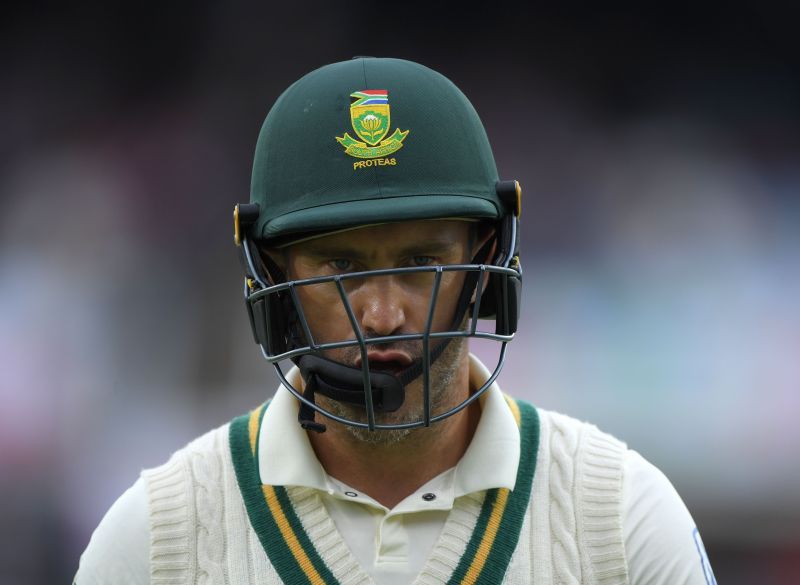
How the weakness of the South African side accelerated Faf du Plessis’ slide as captain

Following South Africa’s 1-3 defeat to England at home, Faf du Plessis stepped down as captain of South Africa’s Test and T20I side. It was a decision one could see coming, as the Proteas had been highly unconvincing under him of late.
In fact, the last 12 months under Du Plessis have been highly tumultuous for South Africa. It all began with Sri Lanka stunning South Africa in South Africa in Tests at the start of the year. This was followed by a disastrous World Cup campaign in which they won only one of their first seven games. They were then also blanked 3-0 in the Tests in India.
To be fair to Du Plessis, his fall as leader was made worse by the major retirements that took place under his tenure. In May 2018, AB de Villiers, who might be back for the 2020 T20 World Cup, announced his shock retirement from international cricket. De Villiers was the team’s batting talisman, and his sudden exit left a gaping hole in the middle-order that is yet to be filled.
That South Africa want De Villiers to return for the T20 World Cup later in the year is a clear indication of how desperate these times are for the Proteas.
The retirement of Morne Morkel in 2018, and Dale Steyn (from Test cricket) earlier last year also weakened the bowling lineup. Morkel and Steyn, when fit, had been omnipresent in South Africa’s bowling attack for a decade. Their near-simultaneous exit hurt Proteas’ Test fortunes in a big way.
Also see – IPL 2020 schedule
It is no surprise then than South Africa have had a miserable run in Test matches over the last 12 months. And now with Vernon Philander gone too, South Africa’s new Test skipper will also have his task cut out.

The year 2019 also saw the walking into the sunset of Hashim Amla, unarguably one of the greatest all-round batsmen to have played the game. However, South Africa’s struggling times had begun before his exit.
In the wake of De Villiers’ retirement, the Proteas were depending heavily on Amla for runs. But Amla’s sublime form deserted him in his last few months in international cricket, making matters tougher for Du Plessis.
Amla was part of the team that was stunned 0-2 by Sri Lanka at home. He made 0 and 32 in his last Test. The legendary cricketer also had an underwhelming 2019 World Cup, managing only 203 runs in seven innings.
With every star exit, Du Plessis’ captaincy stint suffered. There was also the controversial quota system that all South African captains have to deal with.
It will be quite a task to judge the veteran South African’s stint as captain. His end was in sharp contrast to his impressive start as leader.
Du Plessis was appointed South Africa's full-time T20I captain in February 2013, and he took over the Test captaincy from De Villiers in 2016. In September 2017, he was named the ODI captain as well. Under him, South Africa made the semi-finals of the 2014 World T20.

As Test captain, Du Plessis registered two series wins in New Zealand, one in Australia and one against Sri Lanka at home (3-0) during the 2016-17 season. As ODI leader he presided over series sweeps against Australia, Bangladesh and Sri Lanka at home, and also beat Australia 2-1 away.
Overall, Du Plessis captained South Africa in 36 Tests, 39 ODIs and 40 T20Is, winning 18, 28 and 25 respectively.
A captain, they say, is only as good as his team. On the other hand, there have been cases of leaders getting the best out of players with seemingly limited talent.
Did Du Plessis’ early success have too much to do with the legends at his disposal? Was he exposed as leader once they left the scene one after the other? Or was it a simple case of Du Plessis being caught in the midst of a transitional phase? These are questions that will be analysed over time.
All said and done, Du Plessis’ journey as leader was an eventful one. Sadly, he leaves with more questions than answers for South Africa.